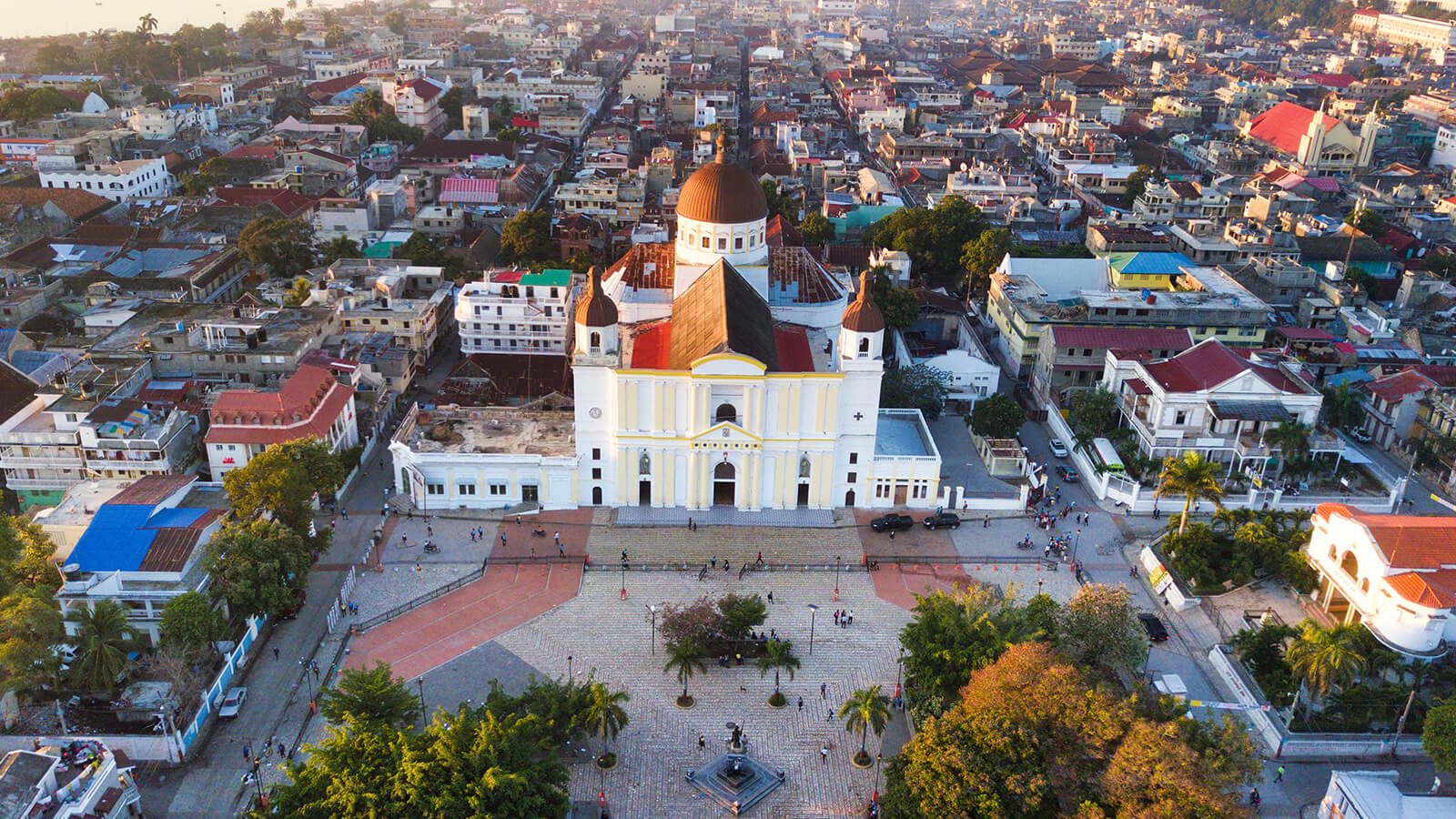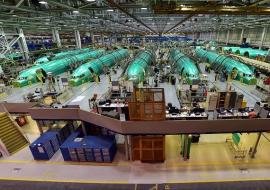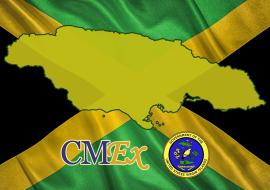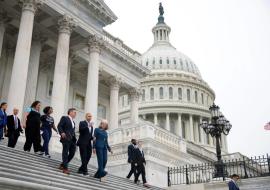World Bank Okays $56 Million to Support Urban Development of Haiti’s Cap Haitien

The World Bank’s Board of Executive Directors approved today a US$56 million grant from the International Development Association (IDA) for the Cap-Haitien Urban Development Project. This project aims to improve urban infrastructure and public spaces to make the Cap-Haitien city region more livable and resilient.
“Cap-Haitien, the country’s second largest commercial center, has the potential to become a growth hub in the north but faces significant challenges that are constraining its development and reducing the quality of life of its citizens,” said Anabela Abreu, World Bank Country Director for Haiti. “The World Bank is working with the Haitian government and other development partners to make Cap-Haitien a better place to live, visit, and do business.”
According to a news report posted on Modern Diplomacy, under the Haiti Urbanization Review, around 64 percent of the population lives in urban areas, making it the 4th most urbanized country in the Latin America and the Caribbean region. However, urbanization has occurred in an uncoordinated and unregulated manner, resulting in over-crowded cities.
As much as 74 percent of Cap-Haitien’s residents live in high-density neighborhoods and around 72 percent of its buildings are in flood-prone areas. At the same time, only a small fraction of urban land is dedicated to road infrastructure and public spaces, limiting movement, economic development opportunities, and restricting availability of recreational spaces.
Guiding future growth towards safer areas and ensuring availability and access to open spaces will therefore be key to promoting improved livability and resilient development in Cap-Haitien, the Modern Diplomacy’s information states on.
The Cap-Haitien Urban Development Project aims to increase access to quality public spaces, improve mobility and road safety, and reduce the vulnerability of urban infrastructure to natural hazards.
The project will upgrade a part of the Cap-Haitien waterfront, which could substantially contribute to development of tourism and economic activity.
It will finance rehabilitation of road and neighborhood infrastructure to improve the living conditions in areas located along the urban expansion axis of the city. It will also strengthen government capacity to maintain these investments.














